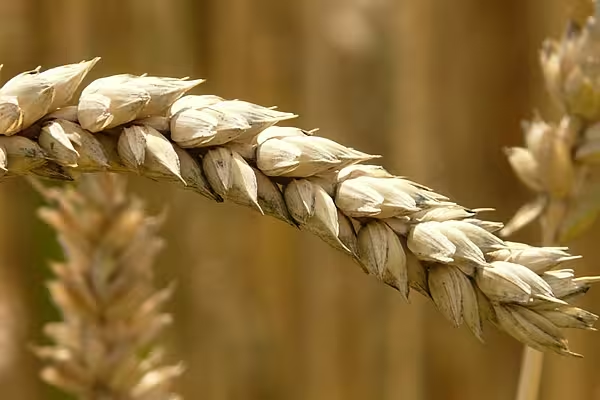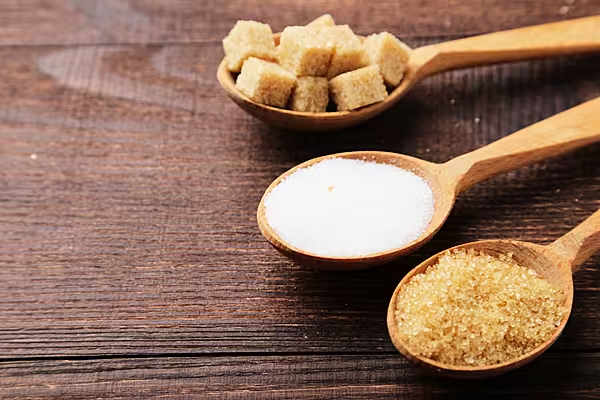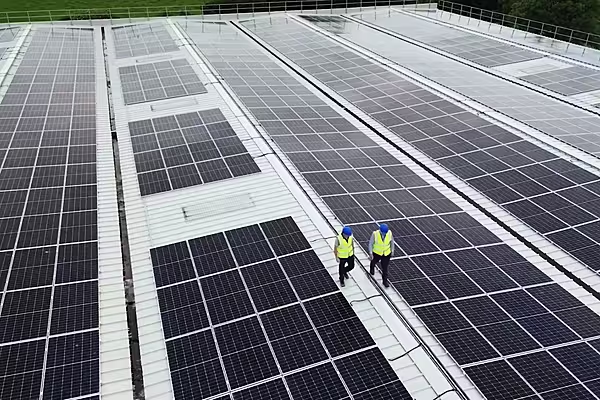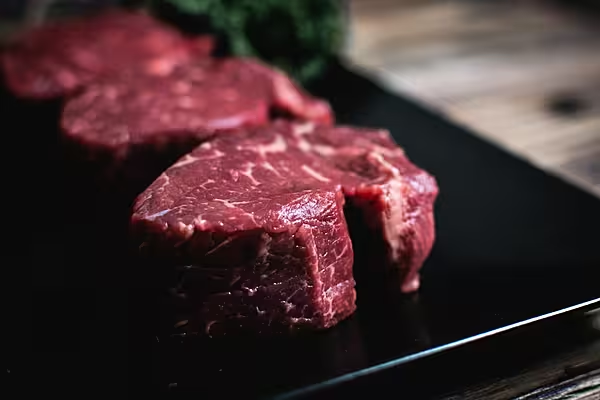Australian wheat farmers are scouring the market for crop-planting machinery, fertiliser and other farm products, weeks out from the country's main wheat-planting window as suppliers struggle to keep pace with strong demand.
After harvesting their biggest-ever wheat crop in 2020, many farmers are betting on back-to-back bumper seasons, buoyed by good moisture levels in some of the country's main grain-growing areas.
Their optimism has been fuelled by global grain prices near 7-year highs, driving demand for farm equipment amid a broad economic upturn in Australia in the wake of the coronavirus pandemic, including rising home prices and a stronger jobs market.
"Farms thought they'd just ring up and seeders would be available and they are being told they'll be a six-month wait," said grains farmer Xavier Martin, from the state of New South Wales, which was the country's biggest grain-producing state last season.
Top Exporters
Wheat is Australia's main agricultural crop, bringing in export earnings on average of about A$6 billion ($4.6 billion) each year, and the country is typically one of the top four global exporters of the staple commodity.
Grain and livestock farmer David Jochinke, from the southern state of Victoria, said some farmers may need to plant their crops without their usual fertiliser programme.
"We are seeing higher prices for farm inputs. Even if you can get a price on it, supply is an issue," said Jochinke.
While farmers can sow their April/May grain crops without fertiliser, they risk suffering a "yield penalty" should the crops come under stress, he said.
Demand for fertiliser has also been boosted because of last year's strong harvest, which depleted soil nutrients.
Farmers told Reuters that some deliveries of farm equipment and products had also been held up by pandemic-driven supply disruptions.
The strain on suppliers marks a stark turn-around from just 18 months ago, when drought-ravaged Australia's eastern states and most equipment lay idle.
Strong Cash Flow
Farms are now in a strong cash flow position, according to major rural lender Rabobank, prompting many farmers to expand their property holdings and improve on-farm infrastructure such as silos.
Wheat is also not one of the commodities and products that have been caught up in trade bans and other restrictions by China, a major buyer of the grain, amid souring diplomatic relations with Canberra.
Still, farmer confidence about this year's wheat crop contrasts with more sombre forecasts by the government's chief commodity agency which warns that anticipated drier conditions later this year could cut yields.
Outlook
The Australian Bureau of Agricultural and Resource Economics and Sciences expects wheat production during the 2021/22 season to total 25 million tonnes, a drop of 25% from last season's record harvest of more than 33 million tonnes and in line with 10-year averages.
But at machinery auctions, farmers know that unless they pay above the asking price, they risk missing out on having the necessary equipment to plant their crop.
Tractor dealer Roger Moylan from the major New South Wales grain-growing area of Quirindi said he sold a second-hand tractor at auction priced at 50% more than expected.
"We had eight people bidding for it," said Moylan.
"They have to buy second-hand because new orders won't arrive in time for planting."
News by Reuters edited by Checkout. Click subscribe to sign up for the Checkout print edition.









